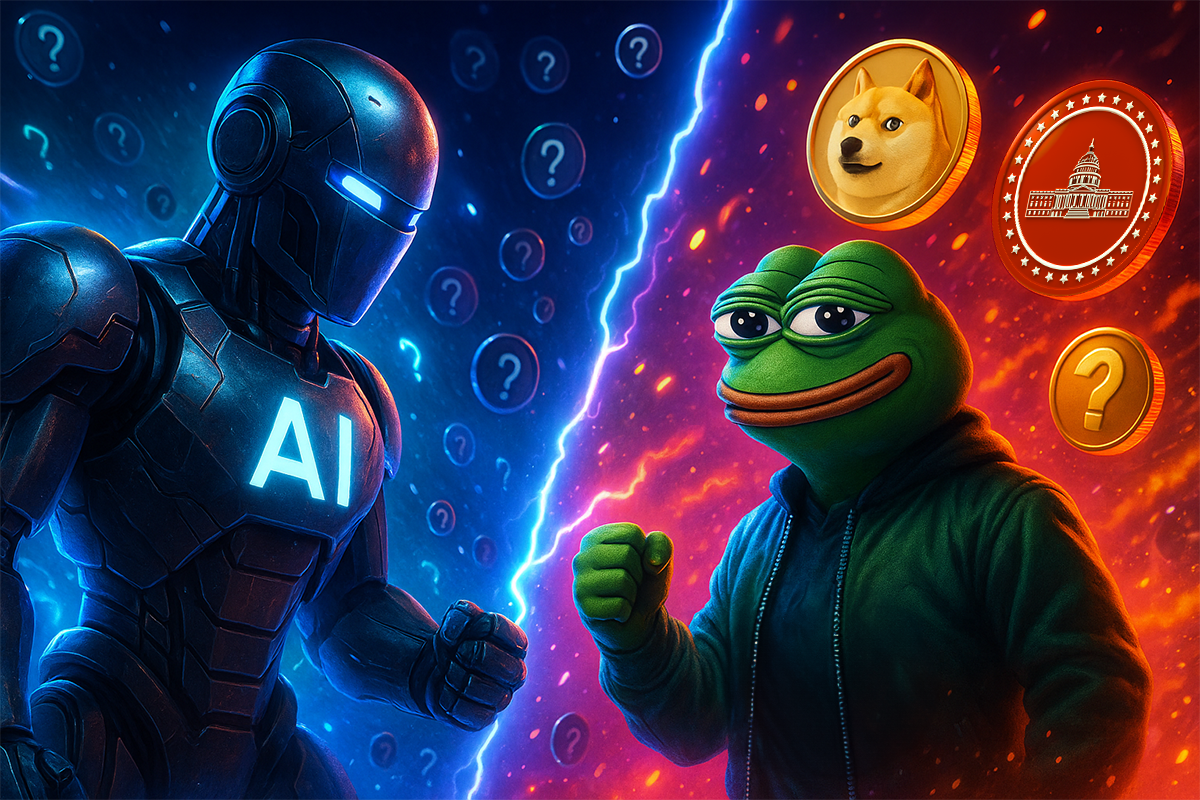Cardano Gains Momentum as Rex & Osprey Introduce ADA Staking ETF

- Rex & Osprey file for an ADA ETF with direct staking integration, signaling growing institutional interest in Cardano.
- The ETF aims to give regulated exposure to ADA while distributing on-chain staking rewards to investors.
- Cardano’s inclusion marks its growing role in traditional finance alongside Ethereum and Solana.
Earlier this month, Rex & Osprey, two firms known for their digital asset investment products, jointly submitted a new round of ETF applications to the U.S. SEC. Among the 21 filings was a notable entry, the REX Osprey ADA Staking ETF, a fund designed to integrate Cardano’s proof-of-stake mechanism directly into a regulated framework.
This move arrives as institutional interest in staking-based products continues to rise, following the success of Ethereum and Solana staking ETFs.
According to TapTools’ blog post, traditional finance firms are becoming increasingly comfortable with blockchain-based yield strategies. By entering the ADA ETF race, Rex & Osprey have positioned Cardano alongside major networks that already enjoy institutional traction.
The filing highlights how digital assets like ADA are evolving from speculative investments into structured financial products governed under strict regulatory oversight.
Inside the ADA ETF Structure
The REX Osprey ADA Staking ETF will operate under the ETF Opportunities Trust and be managed by REX Advisers LLC. The fund will maintain full ADA exposure on a 1:1 basis while distributing staking rewards to shareholders. Its design allows investors to earn on-chain returns without managing staking operations themselves, a key step in bridging decentralized finance and traditional markets.
Exposure will be achieved through both direct ADA holdings and ADA-linked exchange-traded products from 21Shares, CoinShares, Valour, and Virtune. Additionally, a Cayman Islands subsidiary, REX-Osprey ADA + Staking (Cayman) Portfolio S.P., ensures compliance for U.S. investors while preserving tax efficiency.
Staking will be managed by the fund’s crypto custodian, which controls the assets and delegates them to network validators to earn rewards. To keep the fund liquid, no more than 15% of assets can be held in illiquid instruments. The ETF will trade on the Cboe BZX Exchange, with redemptions handled in cash.
Institutional Growth and Cardano’s Future
Founded by Greg King, Rex Shares and Osprey Funds bring years of ETF expertise, collectively managing more than $5 billion in assets. Their entry into ADA staking ETFs highlights how institutions now view Cardano as a legitimate contender in decentralized finance.
The filings signal growing recognition for Cardano’s ecosystem and its potential for yield generation. As regulatory clarity improves, such products could attract institutional capital, increasing ADA’s liquidity and market depth.
Each ETF submission strengthens Cardano’s standing among top digital assets, transforming it from a blockchain innovation into a viable asset class for regulated investment portfolios.
Also Read: Cardano (ADA) Gains Strength: Analysts Eye $2.5–$3 After Accumulation
You May Also Like

AI Cryptos vs. Memecoins: The Battle for Bigger Returns

Bitcoin (₿) Eyes $130K Next — Analysts Highlight Ethereum and MAGACOIN FINANCE as Top Altcoins to Buy Now
